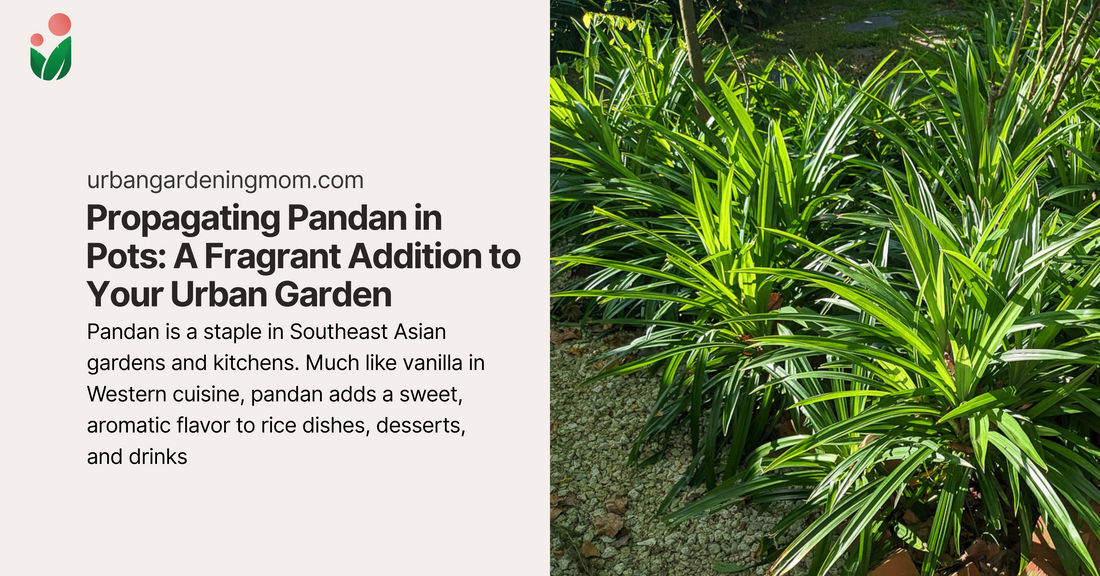
Propagating Pandan in Pots: A Fragrant Addition to Your Urban Garden
Share
I dove into a new gardening project: propagating pandan. I’ve had this tropical beauty for over six months, and while I haven’t given it much attention, it’s been quietly thriving. After repotting it early on, the plant grew lush and healthy, with large green leaves and several new suckers sprouting from all sides.
Pandan is a staple in Southeast Asian gardens and kitchens. Much like vanilla in Western cuisine, pandan adds a sweet, aromatic flavor to rice dishes, desserts, and drinks. I personally love tossing a rolled pandan leaf into our steamed rice — it makes the whole kitchen smell amazing.
1. Separating the Suckers
Pandan rarely flowers, so propagation is usually done through cuttings.
You’ll need:
- A mature pandan plant with visible suckers
- Sharp garden shears
- Fresh potting soil
- Medium and small pots
- Transparent plastic wrap
How-to:
- Uproot the parent plant carefully.
- Identify suckers with air roots and cut them off cleanly.
- Replant each sucker in its own pot.
- Trim the parent’s roots and refresh the soil before repotting.
- For smaller suckers, gently detach and plant in smaller containers.
- Water deeply and cover with plastic to retain moisture.
Lesson: Propagation is a chance to multiply your garden — and your joy.
---
2. Caring for Newly Planted Suckers
Moisture is key to helping pandan establish roots.
You’ll need:
- Watering can
- Shaded area with indirect light
How-to:
- Keep soil consistently moist but not soggy.
- Use transparent plastic covers to prevent drying.
- After three weeks, transfer suckers to larger pots.
Lesson: Tender care in the early days leads to strong, fragrant growth.
---
3. Long-Term Maintenance
Pandan makes a lovely ornamental plant — but it needs space.
You’ll need:
- Large pots (upgrade every 2 years)
- Organic compost or fertilizer
- Pruning shears
How-to:
- Transplant every 2 years to prevent overcrowding.
- Avoid planting pandan with other crops — it tends to dominate.
- Feed occasionally with organic fertilizer to support lush leaves.
Lesson: Some plants thrive solo — and that’s perfectly okay.
---
From Kitchen Aroma to Garden Pride
Pandan is more than just a culinary staple — it’s a beautiful, fragrant addition to any urban garden. With a little effort and the right care, you can propagate and grow this tropical gem in pots, even in limited spaces. Just remember: give it room to grow, keep the soil moist, and enjoy the sweet rewards.
Have you tried propagating pandan at home? Tag @UrbanGardeningMom — I’d love to feature your fragrant success story.
